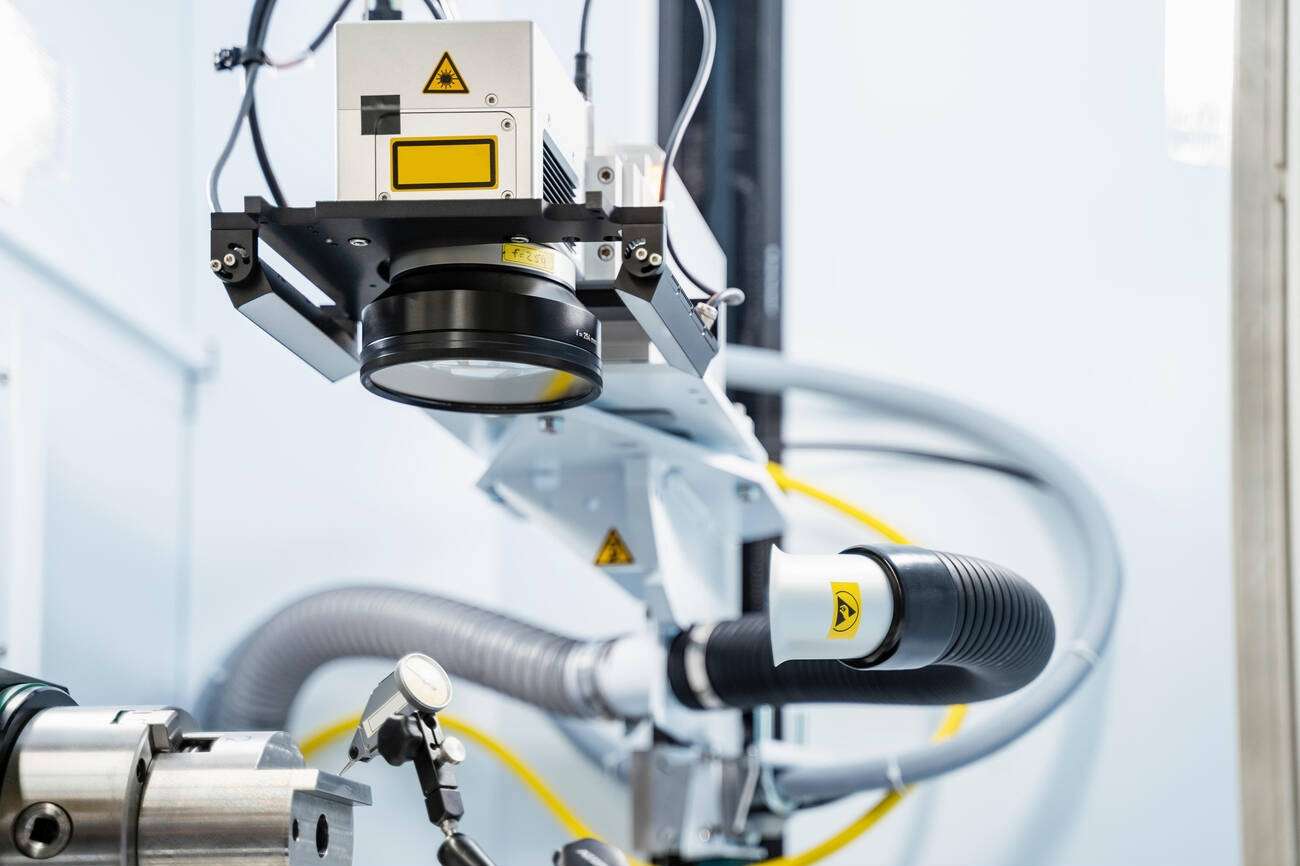
In recent years, laser marking has become increasingly popular and is used by both large and small industries to brand their products. The laser marking market was valued at USD 2.9 billion in 2022 and is projected to grow at a shockingly fast rate of 7.2% to reach USD 4.1 billion in 2027. The market growth of laser marking is mainly because companies use this method to trace and brand their products. Metals are the items that are marked the most through laser marking.
Laser marking is a technique of making a mark on a surface of any material through a focused beam of light called a laser. The mark is permanent and cannot fade. The laser beam intensity and speed can be adjusted by altering the machine settings. The laser marking process involves emitting a beam of laser, and when the laser hits the material's surface, its energy is transformed into thermal energy, creating a black mark on the surface. Laser marking can involve marking a logo, and since a logo can have an intricate pattern, choosing the right machine capable of laser marking with clarity over a specific material type is essential. Moreover, since laser marking needs to be done on a mass scale, the laser marking machine needs to have a fast laser marking rate. The laser marking is a permanent marking and does not fade over since it involves burning or vaporizing the material.
Laser marking machines make a mark through a laser. A laser is generated when an atom is stimulated to release photons. The laser energy is measured in nanometers, also known as wavelength. The higher the wavelength, the greater the power of the beam.
Depending on the model, a laser marking machine has various features that can be used to create a perfect mark. Laser marking an object involves operating a machine and configuring it accordingly, followed by a series of steps.
Before laser marking is executed on an object, the surface should be cleaned of dust and debris. This ensures accuracy during laser marking.
Not all surfaces are identical, and every company has different laser marking demands. So, laser options such as power, frequency, and speed must be set accordingly. This step is necessary for consistent, high-quality laser marking.
The logo or design to be laser marked is input or loaded into the laser marking machine's software. This is accomplished through software design programs like computer-aided design (CAD).
The object is securely placed in the work area and fixed at a certain angle so the laser marking can be done appropriately and precisely.
Different materials require different laser wavelengths to make bold and readable markings. The industry uses two types of laser marking systems.
This laser system emits a laser from an optical fiber. The laser is made by heating a solid material called ytterbium, generating a powerful 1064 nm laser. This laser is used to mark metals. The fiber laser is versatile and can mark many different materials, such as gold, titanium, aluminum, and steel. It can also laser mark rubber, leather, and plastic. Moreover, the fiber laser can label products by making an extensive range of marks, such as bar codes, logos, trademarks, etc.
A CO2 laser marking system is used to mark softer materials. This system generates a laser using CO2 gas. The wavelength emitted ranges from 9000nm to 12000nm. Although this laser is fine for printing logos on organic materials, it cannot be used on metals. However, it can mark many materials, such as glass, fabric, paper, ceramics, plastic, and rubber.
Laser marking techniques can vary and make the process of laser marking faster and less precise or very precise but a bit slow. Industry owner can choose from various laser marking techniques to select the best one that suits their industry. These techniques are
If someone needs bold, high-contrast markings, laser etching is the right technique. The laser marking technique melts the surface material and produces raised marking that feels uneven on the surface. This gives the marking a 3-D effect.
This is the most commonly used technique. It involves making marks on the surface by burning the surface material. It is used to make marks that cannot be falsified easily.
Laser annealing does not involve vaporizing or burning the surface layer. Instead, the heat of the laser causes a chemical change to discolor the surface. Annealing takes time and can be slow to execute; however, the results are worth it: there is no surface damage, and the logo is printed with precision and a flawless, smooth finish.
Usually, laser ablation is employed to eliminate paint from a material's surface rather than affecting the material itself. This enables users to swiftly incorporate a barcode or another identifier without requiring the intensity necessary for metal etching.
Laser marking is used in many industries, so let us take a look.
Medical: It is used to put logos and bar codes on medical equipment and containers.
Aerospace: Laser marking of aircraft parts is done by printing serial numbers and labels.
Jewelry: It is used to make designs on the metal surface
Automobile: Similar to aerospace, laser marking of car parts and components is done
Semiconductors: These are used to print important semiconductor information.